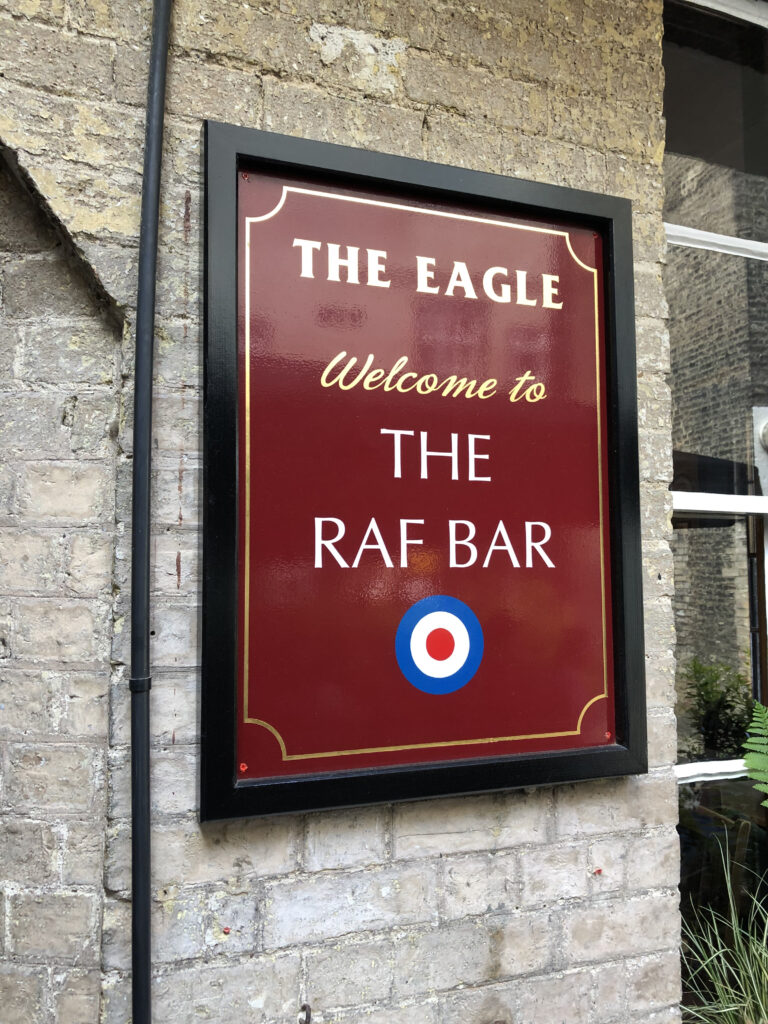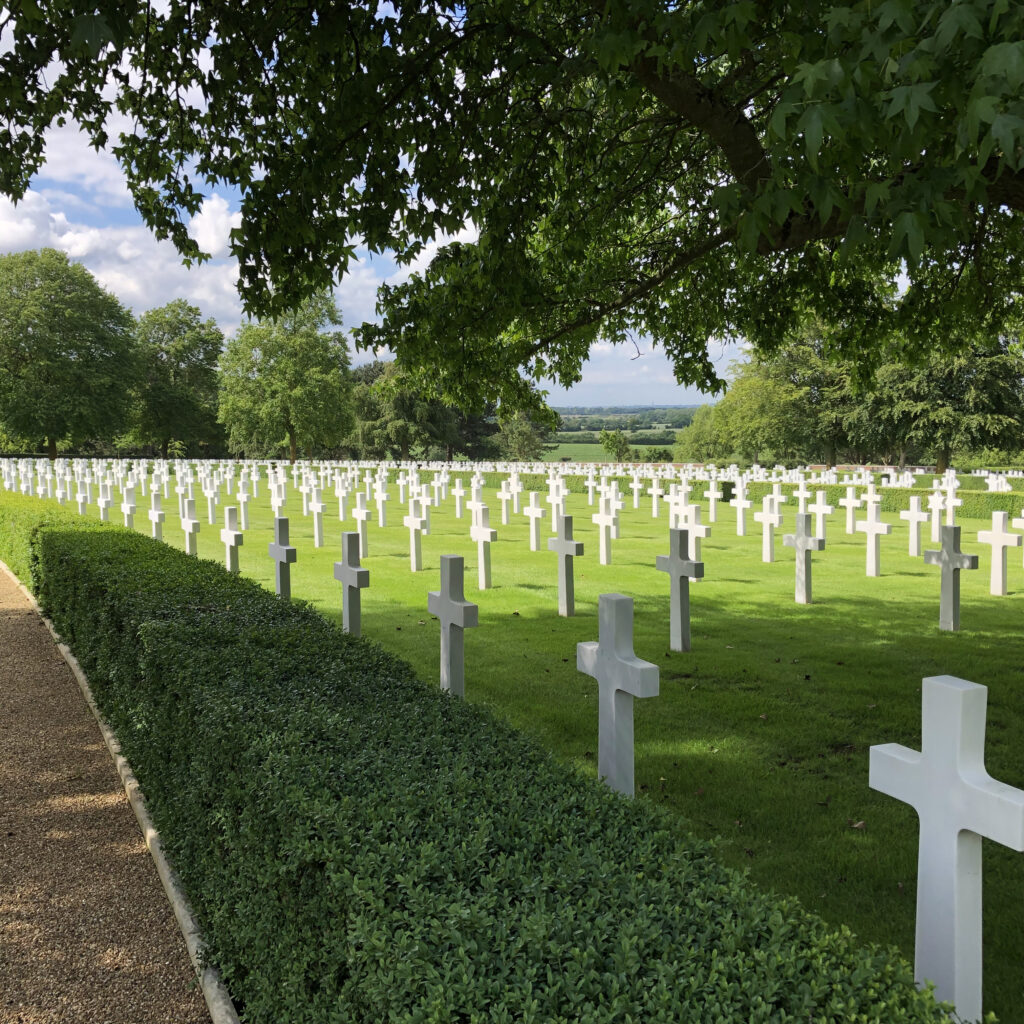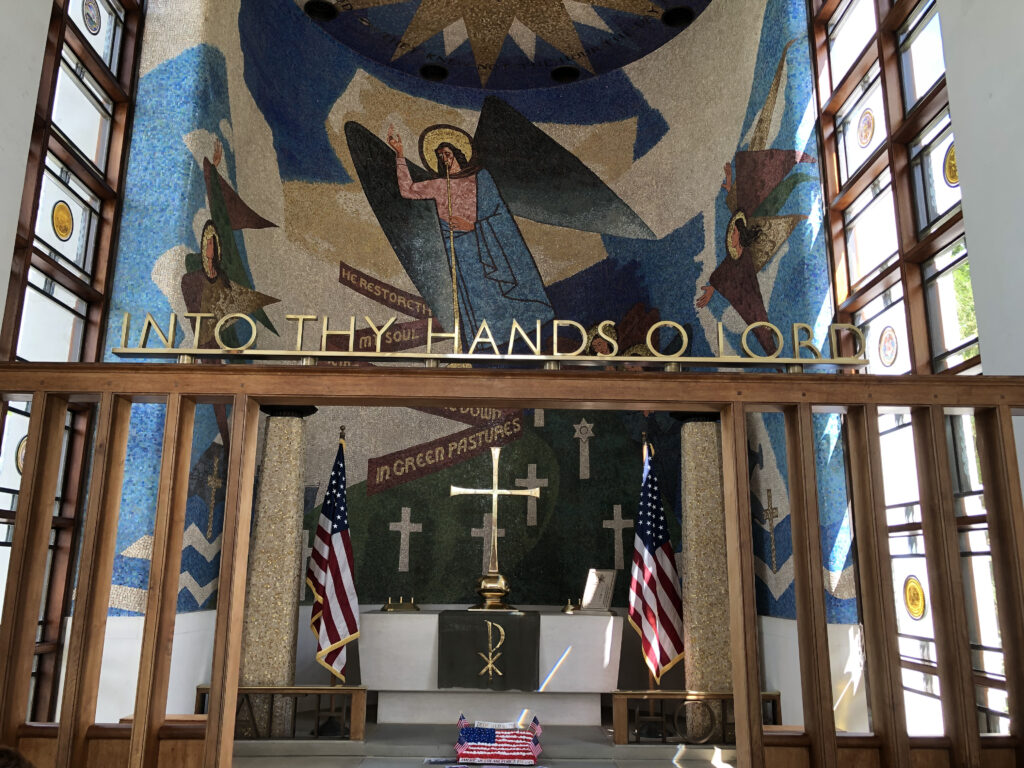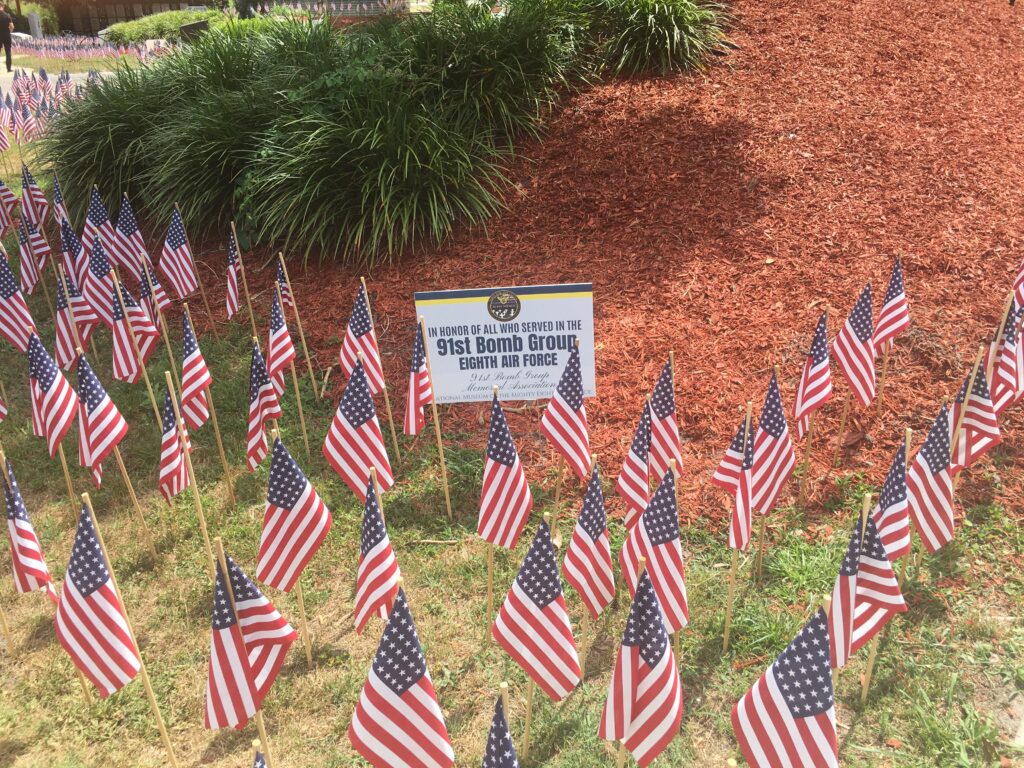
This year marks the 80th anniversary of the Mighty Eighth Air Force. It was activated on January 28, 1942, shortly after my father’s 18th birthday, one month after he had enlisted in the US Army Air Corps. Created in his beloved state of Georgia, the new Force’s mandate was to defeat Nazi Germany utilizing “high-altitude, daylight strategic bombing.”
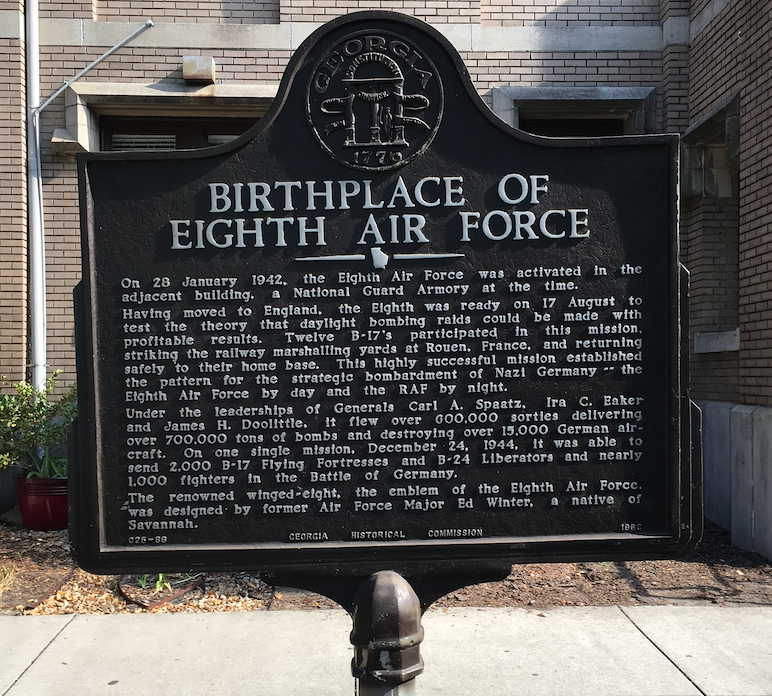
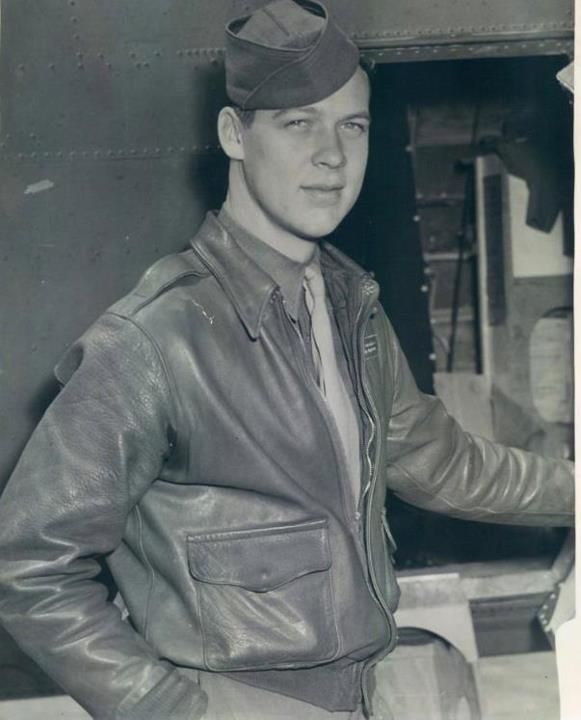
It was all very new, and its evolution painful. By the war’s end, the Eighth Air Force had the highest casualty rate of the American forces during WWII. Yet, despite the unknowns, patriotic Americans – my father included – volunteered to serve in this new type of warfare to defend freedom.
Among the early recruits, my father joined the Eighth Air Force’s 91st Bomb Group, which historian Roger Freeman pegged as “the first group of the first wing of the first division.” Training accidents and mishaps, oxygen deprivation, and hypothermia were part of their education.
My father became a waist gunner on the B-17, Jack the Ripper, piloted by Captain William J. Crumm when the group first embarked to the European Theater of Operations (ETO). The bomber crews flew without long-range escorts on B17Fs with poor frontal armament. Many of his comrades were wounded or killed in action. Many just never returned.
Wounded by flak on his third mission when Headquarters experimented with “flying under the radar,” my father missed the deadly raid to St. Nazaire, France, on November 23, 1942. During this mission, his squadron lost their esteemed commanding officer, Major Harold C. Smelser of the 324th Bomb Squadron, along with other fellow airmen. Smelser had served in the Pacific and his experience – when few had earned it by then – had been paramount for the 91st.
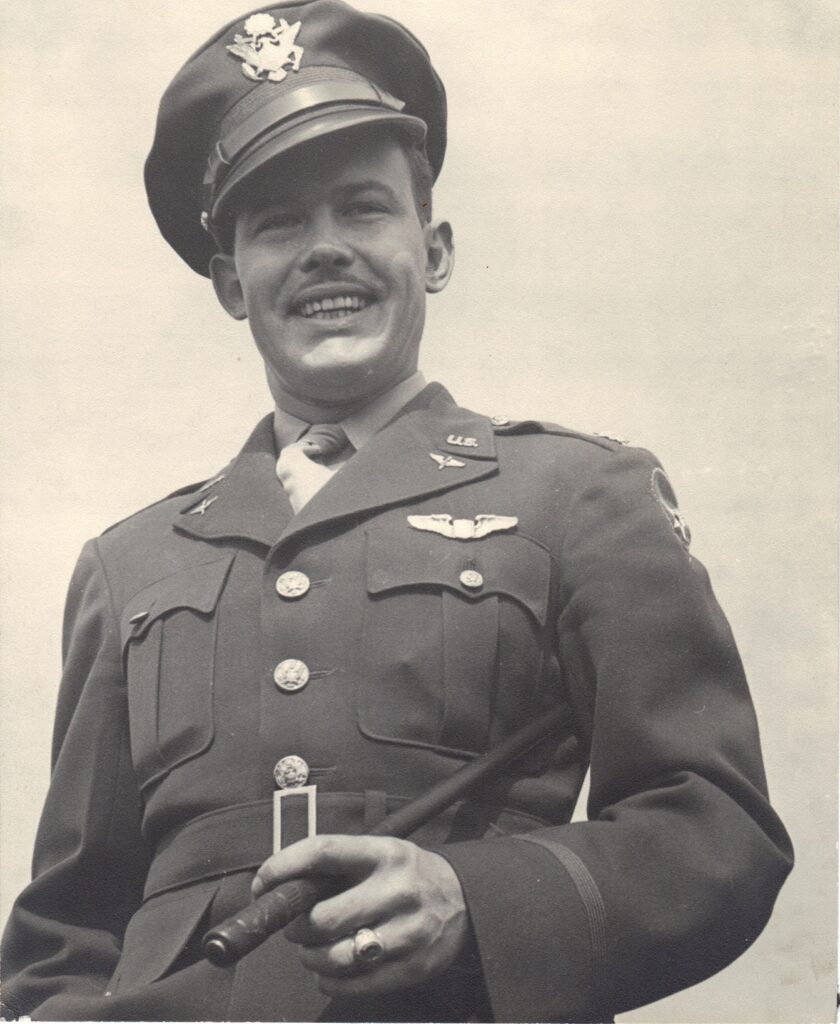
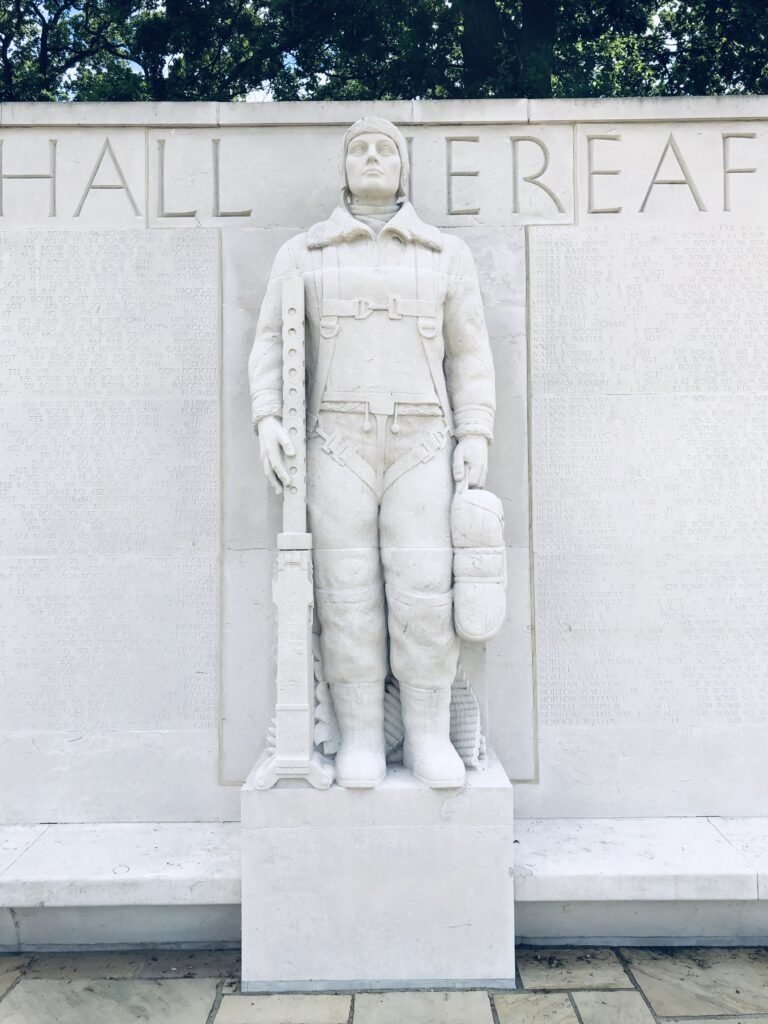
Smelser was among three of the four squadron commanding officers who had been killed or gone missing in action by the end of the first two months of combat. As the attrition rate climbed, the War Department requested a veteran crew return to the US for consultation and preparation of a training manual as well as participation in a war promotional tour. Captain Crumm’s crew was selected and headed back to the “Zone of Interior” on February 5, 1943.
With a paucity of planes, Jack the Ripper remained in combat. Lt. Alan Brill, assigned as its new pilot, wrote in his diary, “Crumm set a darn good record with that ship…with one of the best ground crews in the Group.” Less than two weeks later, on February 16, 1943, Brill’s crew was hit and Jack the Ripper damaged during another mission on St. Nazaire, nicknamed “Flak City,” by then. Tragically, waist gunner Sgt. Allen R. Middleton was killed in action. My father had trained with this young man from New Jersey. They had been stationed at MacDill and Walla Walla at the same time, been injured during the same mission, and earned their Purple Hearts at the same time.
The losses were ongoing. On March 4, 1943, during a mission to Hamm, Germany, Lt. Brill drowned in the frigid waters of the North Sea when forced to ditch his war-damaged new plane, Excalibur. Both Lt. Brill and co-pilot Lt. Allen Lowry were posthumously awarded Distinguished Service Crosses for sacrificing themselves while assuring the safety of their crew, seven of whom were rescued.
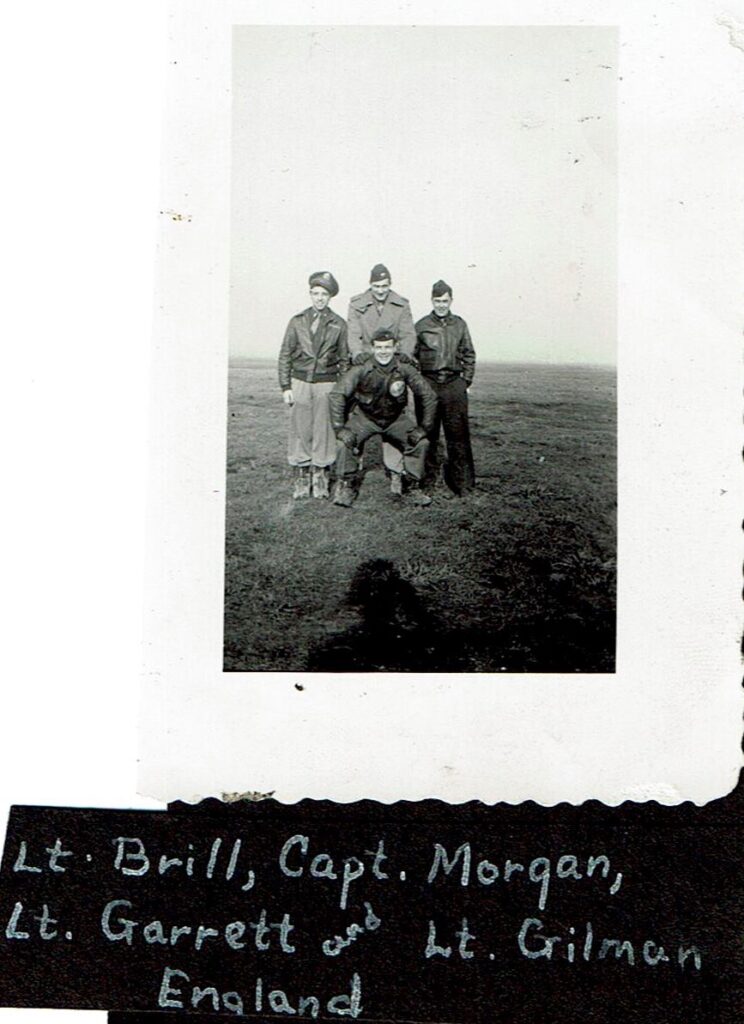
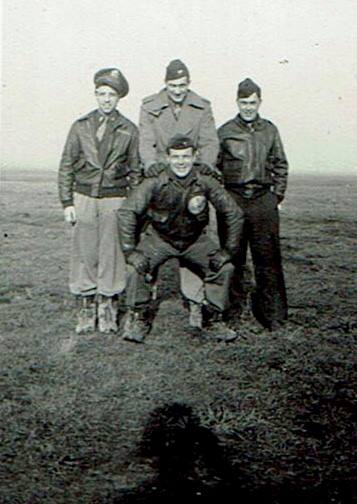
There were so many more casualties. By the war’s end, 26,000 members of the Eighth Air Force alone had lost their lives. And, of course, there are other divisions, other battles, other wars with their own grim statistics and heroic sacrifices. Captain Crumm, later promoted to Major General, was lost during the Viet Nam conflict in a mid-air collision over the South China Sea on July 7, 1967.
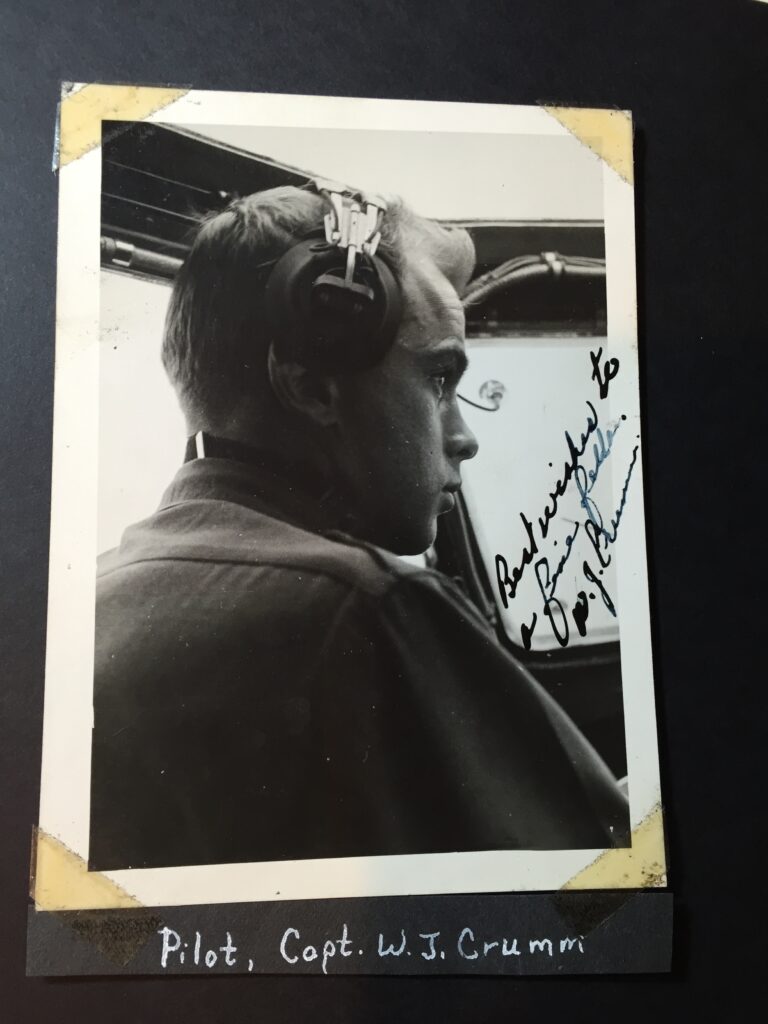
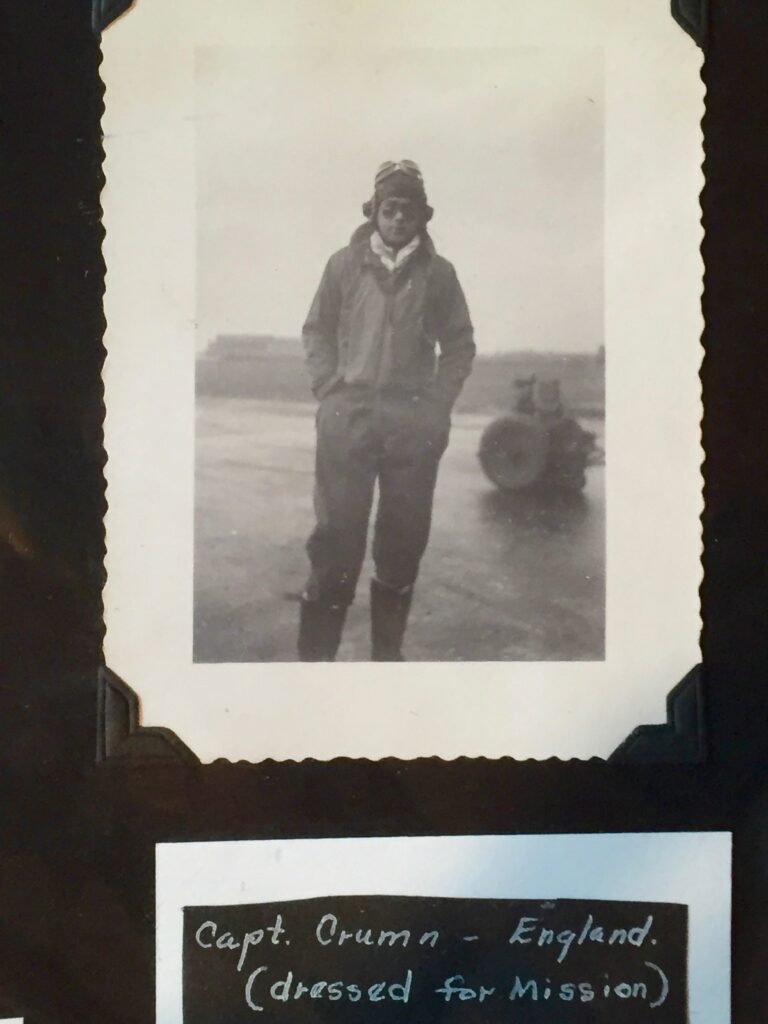
As I hang my flag at half-staff on Memorial Day, I think of the many lives cut short and of the families who were deprived of their loved ones. I wonder, if my father had not been assigned to Crumm’s crew and selected to go stateside, would he have made it? Would I even be here, free to live my life?
I don’t take their sacrifices for granted.
“Land of the Free, because of the Brave.”
God Bless them.
